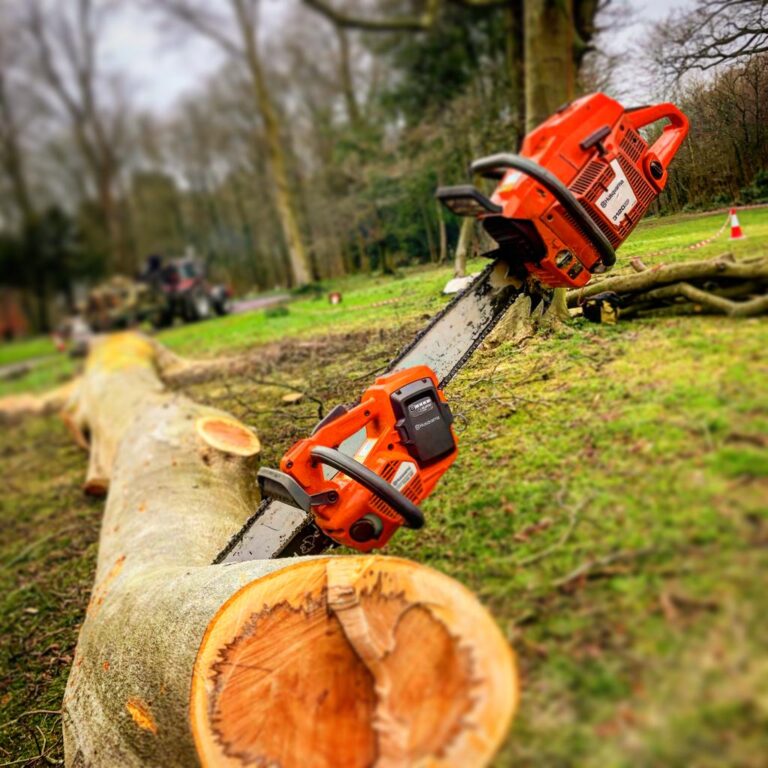Do I need a permit to remove a tree from my property
Whether you need a permit to remove a tree from your property depends on various factors, including local laws, the size and species of the tree, and the reason for removal. Many municipalities and counties have ordinances that regulate tree removal to preserve the environment, maintain community aesthetics, and protect wildlife habitats. These regulations vary widely, so it’s important to research the specific rules in your area before cutting down a tree.
Typically, permits are required for removing certain types of trees, especially if they are considered “protected” or “heritage” trees. Protected trees are often native species, trees with historical significance, or those that contribute significantly to the local ecosystem. Heritage trees are generally older, larger specimens with unique value due to their age, size, or rarity. Removing these trees without permission can result in substantial fines or legal penalties. Even trees not designated as heritage may still require a permit if they exceed a specific diameter, often measured at breast height (known as DBH, or Diameter at Breast Height). For example, some areas require permits for trees with a DBH of more than six inches.
The reason for tree removal can also influence whether a permit is needed. For instance, if a tree is dead, diseased, or poses an immediate safety hazard, many local governments streamline the permit process or waive the requirement altogether. However, you may still need to document the condition of the tree with photographs or an assessment from a certified arborist. In contrast, removing a healthy tree for landscaping purposes or construction projects is more likely to require a formal application and approval.
Location plays a critical role in determining permitting requirements. Trees on private property are often subject to fewer restrictions than those in public areas, but this isn’t always the case. Some jurisdictions have tree preservation ordinances that apply universally, even on private land. If your property is part of a homeowners’ association (HOA), additional rules may apply, requiring HOA approval before any tree removal.
Environmental considerations also affect permitting. Trees near wetlands, rivers, or other ecologically sensitive areas are typically subject to stricter regulations. This is because such trees play a crucial role in preventing erosion, filtering water, and supporting local wildlife. Removing a tree in these areas may require not only a permit but also an environmental impact assessment.
The permit application process usually involves submitting details about the tree, such as its species, size, and location, along with the reason for removal. In some cases, you may also need to propose a replacement plan, committing to plant a new tree to offset the environmental impact. Fees for permits vary but are generally modest compared to the cost of tree removal itself.
In conclusion, whether you need a permit to remove a tree from your property depends on local laws, the tree’s characteristics, and the reason for removal. It’s essential to consult your city or county’s planning or environmental department to understand the requirements. Ignoring these rules can lead to fines and complications, so always proceed with due diligence and, if needed, seek advice from a professional arborist or legal expert.






